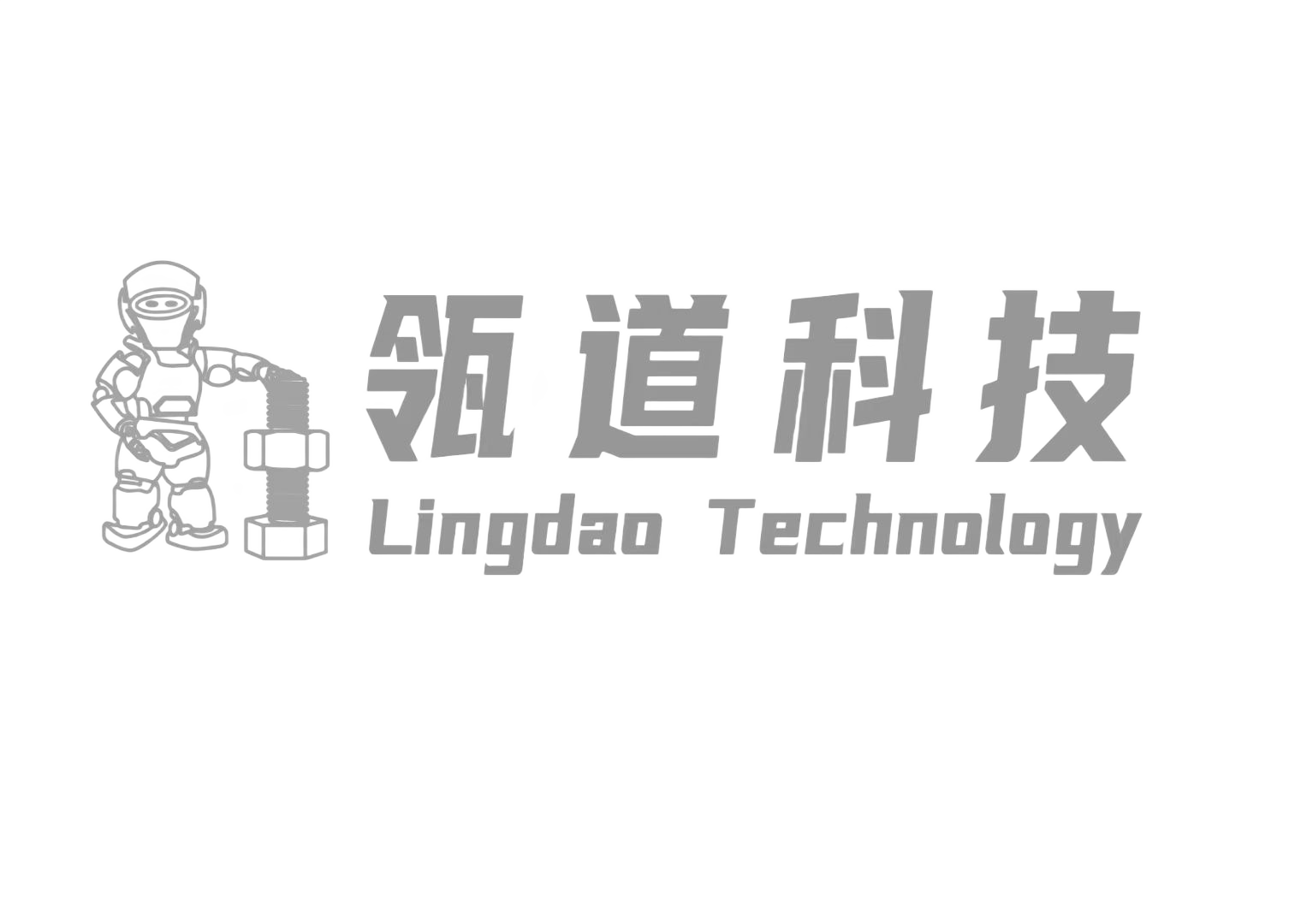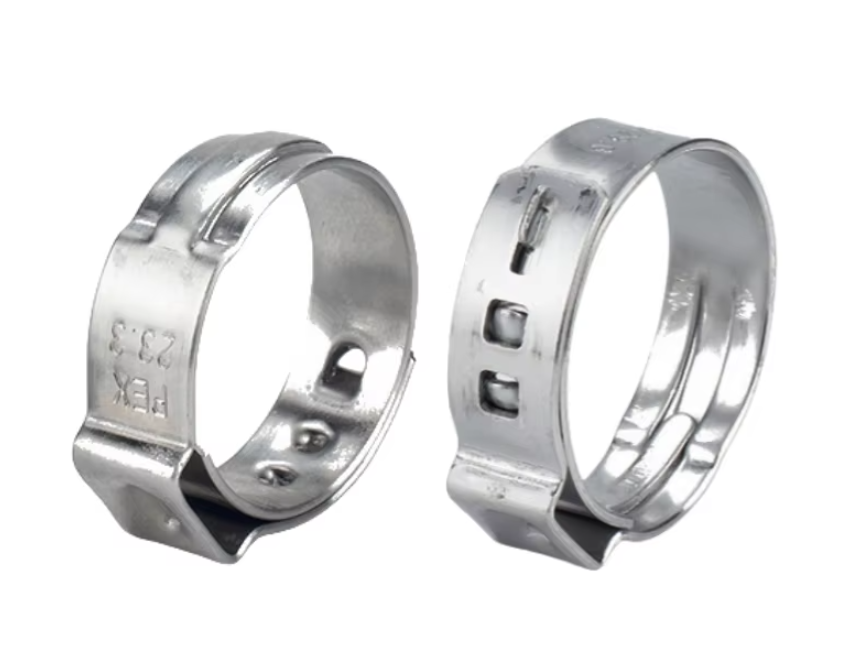Essential Characteristics of Professional-Grade Hose Securing Solutions
When it comes to industrial applications and demanding environments, the importance of selecting the right heavy duty hose clamp cannot be overstated. These crucial components play a vital role in maintaining system integrity, preventing leaks, and ensuring operational safety across various industries. Whether you're working in automotive, marine, industrial processing, or construction sectors, understanding the key features that make a superior heavy duty hose clamp is essential for making informed purchasing decisions.
The market offers numerous options, but not all hose clamps are created equal. Professional engineers and maintenance technicians recognize that selecting the appropriate heavy duty hose clamp involves careful consideration of multiple factors, from material composition to clamping force distribution. This comprehensive guide will explore the critical features that distinguish exceptional clamps from mediocre alternatives.
Material Construction and Durability Factors
Premium Metal Compositions
The foundation of any reliable heavy duty hose clamp starts with its material construction. Stainless steel, particularly grades 304 and 316, stands out as the premier choice for demanding applications. These materials offer superior corrosion resistance, maintaining their integrity even in harsh chemical environments or marine conditions. The higher nickel content in 316 stainless steel provides enhanced protection against chloride environments, making it ideal for offshore or coastal applications.
Beyond basic stainless steel, some manufacturers offer specialized alloys that combine the strength of steel with the corrosion resistance of more exotic materials. These premium options might come at a higher initial cost but provide superior longevity and reliability in challenging environments.
Surface Treatment and Coating Technologies
Advanced surface treatments significantly enhance the performance of a heavy duty hose clamp. Zinc plating, phosphate coating, and passivation processes create additional layers of protection against environmental factors. These treatments not only extend the service life of the clamp but also maintain its aesthetic appearance over time.
Modern coating technologies have evolved to include ceramic-based solutions and polymer compounds that provide exceptional chemical resistance while reducing friction between the clamp and hose material. This innovation helps prevent damage to the hose while maintaining optimal clamping pressure.

Design Elements for Maximum Performance
Band Profile and Width Considerations
The band profile of a heavy duty hose clamp significantly influences its performance. Wider bands distribute clamping force more evenly, reducing the risk of hose damage and ensuring a more reliable seal. Advanced designs incorporate stepped edges or rounded profiles that prevent cutting into soft hose materials while maintaining necessary compression.
Professional-grade clamps often feature specialized serrations or embossing patterns that enhance grip without compromising hose integrity. These design elements become particularly important in applications involving vibration or pressure fluctuations.
Screw and Thread Engineering
The screw mechanism represents a critical component of any heavy duty hose clamp. High-quality clamps utilize precision-engineered threads that provide smooth operation and consistent torque application. The thread design should resist stripping and maintain its integrity even after multiple adjustments.
Advanced screw designs incorporate features like rolled threads, which offer superior strength compared to cut threads. Some manufacturers have developed innovative self-locking mechanisms that prevent backing off due to vibration while maintaining easy adjustability when needed.
Performance Specifications and Testing Standards
Pressure Ratings and Temperature Tolerance
Understanding pressure ratings is crucial when selecting a heavy duty hose clamp. Premium clamps undergo rigorous testing to verify their performance under various pressure conditions. The best manufacturers provide detailed specifications regarding maximum working pressures across different temperature ranges.
Temperature tolerance becomes particularly important in industrial applications where extreme conditions are common. Quality clamps maintain their clamping force and structural integrity across wide temperature ranges, typically from well below freezing to several hundred degrees Fahrenheit.
Certification and Compliance Requirements
Professional-grade heavy duty hose clamps should meet or exceed relevant industry standards and certifications. These may include SAE specifications, ISO standards, and industry-specific requirements such as those for marine or aerospace applications.
Leading manufacturers maintain detailed documentation of their testing procedures and results, providing customers with confidence in their products' performance. This documentation becomes particularly important in regulated industries where traceability and compliance verification are mandatory.
Installation and Maintenance Considerations
Proper Installation Techniques
Even the highest quality heavy duty hose clamp requires correct installation to perform optimally. Professional installers understand the importance of proper torque application and positioning. Modern clamps often include torque indicators or installation guides that help achieve consistent results.
Advanced designs may incorporate features that facilitate easier installation in confined spaces or awkward positions. These might include extended screw housings, specialized tools, or innovative tightening mechanisms that ensure proper tension without overtightening.
Maintenance Requirements and Longevity
Quality heavy duty hose clamps should require minimal maintenance while providing long-term reliability. However, regular inspection protocols help identify potential issues before they become problems. The best clamps allow for easy retorquing or adjustment when necessary without compromising their securing capability.
Leading manufacturers provide detailed maintenance guidelines and expected service life estimates based on application conditions. This information helps maintenance teams develop effective preventive maintenance schedules and replacement strategies.
Frequently Asked Questions
What is the ideal torque specification for heavy duty hose clamps?
The ideal torque specification varies depending on the clamp size, hose material, and application requirements. Manufacturers typically provide specific torque recommendations in their installation guidelines. It's essential to follow these specifications and use a calibrated torque wrench to achieve optimal clamping force without damaging the hose or clamp.
How often should heavy duty hose clamps be inspected?
Regular inspection intervals depend on the application environment and criticality. As a general rule, perform visual inspections monthly and detailed checks quarterly. High-vibration or extreme-temperature applications may require more frequent monitoring. Always document inspections and any adjustments made.
Can heavy duty hose clamps be reused after removal?
While quality heavy duty hose clamps are designed for multiple uses, inspect them carefully for wear, deformation, or damage before reuse. Check the screw mechanism for smooth operation and ensure the band maintains its shape and integrity. When in doubt, replace with new clamps to maintain system reliability.

